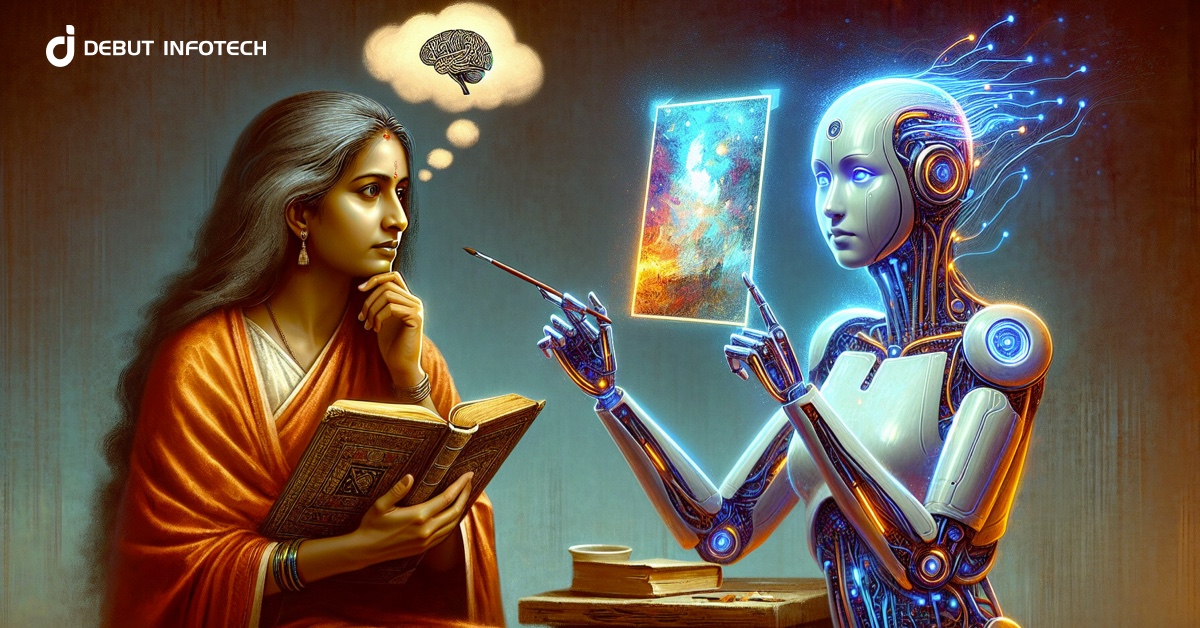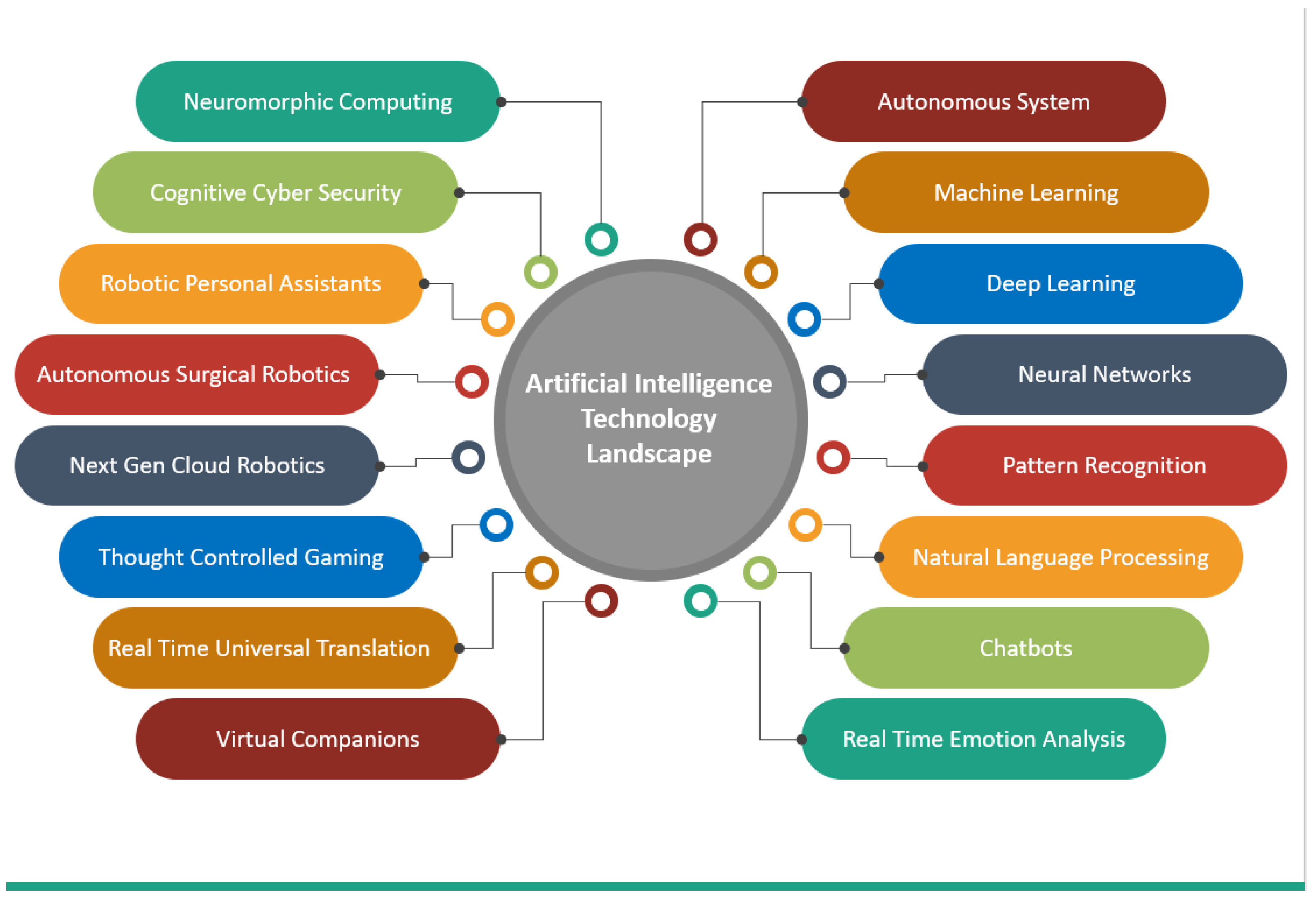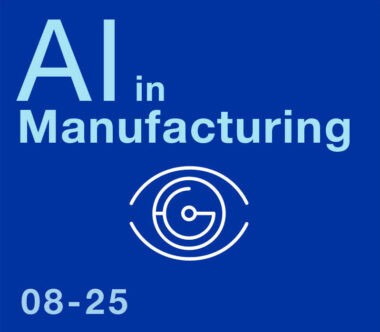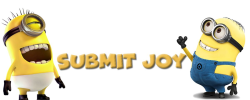In an era where artificial intelligence (AI) is increasingly integrated into various aspects of our lives, the debate about AI versus human creativity has gained significant traction. While some argue that machines can surpass human ingenuity, others claim that human imagination and innovation are irreplaceable. In this article, we’ll delve into the world of hybrid intelligence, exploring the benefits and limitations of combining human and machine creativity.

AI Art vs Human Creativity: Key Differences Explained
The Rise of Hybrid Intelligence
Hybrid intelligence refers to the collaboration between humans and machines to create innovative solutions. This approach leverages the strengths of both parties, allowing humans to provide context, empathy, and critical thinking, while machines excel at processing vast amounts of data, recognizing patterns, and generating novel ideas.
Examples of Hybrid Intelligence in Action
- The development of self-driving cars, which rely on human-machine collaboration to navigate complex road networks and make decisions in real-time.
- The creation of AI-assisted art tools, such as Generative Adversarial Networks (GANs), that enable humans to generate new artistic styles and designs.
- The use of machine learning algorithms to analyze vast amounts of medical data, leading to breakthroughs in disease diagnosis and treatment.
Human Creativity: The Foundation of Innovation
While AI has made tremendous progress in recent years, human creativity remains the foundation of innovation. Human imagination and intuition play a crucial role in generating new ideas, taking risks, and pushing boundaries. Moreover, humans have an unparalleled ability to empathize with others, understand complex social dynamics, and make contextual decisions.
The Role of Emotion in Creativity
Emotions are a vital component of human creativity, influencing the way we perceive, process, and express information. Research has shown that emotions can enhance creative performance, foster empathy, and promote innovative thinking. For instance, studies have demonstrated that artists who experience strong emotions during their creative process tend to produce more engaging and meaningful work.
Limitations of AI in Creative Tasks
While AI has made significant strides in creative tasks, it still lags behind human performance in several areas. One major limitation is the lack of contextual understanding, which can lead to incomplete or irrelevant solutions. Additionally, AI systems often struggle with nuance, subtlety, and ambiguity, which are essential components of human creativity.
AI vs Human: The Creativity Experiment – ABC Content Sales
Overcoming Creative Challenges with Hybrid Intelligence
To overcome these limitations, hybrid intelligence approaches have emerged as a promising solution. By combining the strengths of humans and machines, we can leverage the best of both worlds to create more innovative, effective, and sustainable solutions. For example, AI-powered tools can assist humans in generating ideas, while human intuition and creativity are used to refine and iterate on those concepts.
Practical Insights for Hybrid Intelligence
So, how can you harness the power of hybrid intelligence to unlock your full creative potential? Here are some practical insights to get you started:
- Collaborate with AI tools: Leverage AI-powered creative tools to generate ideas, explore new possibilities, and automate repetitive tasks.
- Leverage human intuition: Use your intuition and instincts to refine and iterate on AI-generated ideas, adding nuance and context that machines may struggle with.
- Emphasize empathy and understanding: Foster a deep understanding of your audience, customers, or stakeholders to create solutions that resonate with them.
A Future of Hybrid Intelligence
As we move forward, it’s essential to recognize the potential benefits and limitations of hybrid intelligence. By embracing this collaborative approach, we can unlock new levels of innovation, creativity, and problem-solving. The future of human-AI collaboration holds much promise, but it also requires us to reevaluate our assumptions about the nature of creativity, intelligence, and work.
Conclusion: Unlocking Human Potential with Hybrid Intelligence
In conclusion, while AI has made significant strides in creative tasks, human creativity remains the foundation of innovation. By embracing hybrid intelligence, we can harness the strengths of both humans and machines to create more innovative, effective, and sustainable solutions. Remember that creativity is a powerful tool, but it’s only as strong as the collaboration between humans and machines.
Takeaway: Embracing Hybrid Intelligence for Unleashing Human Potential
To unlock your full creative potential, consider embracing hybrid intelligence in your work or personal projects. By combining human intuition, creativity, and critical thinking with machine learning algorithms and AI-powered tools, you can create innovative solutions that push the boundaries of what’s possible.
AI vs Human Creativity: Which One Will Win?

Re-Thinking Data Strategy and Integration for Artificial …

AI Roadmap: How Manufacturers Can Amplify Intelligence with …
